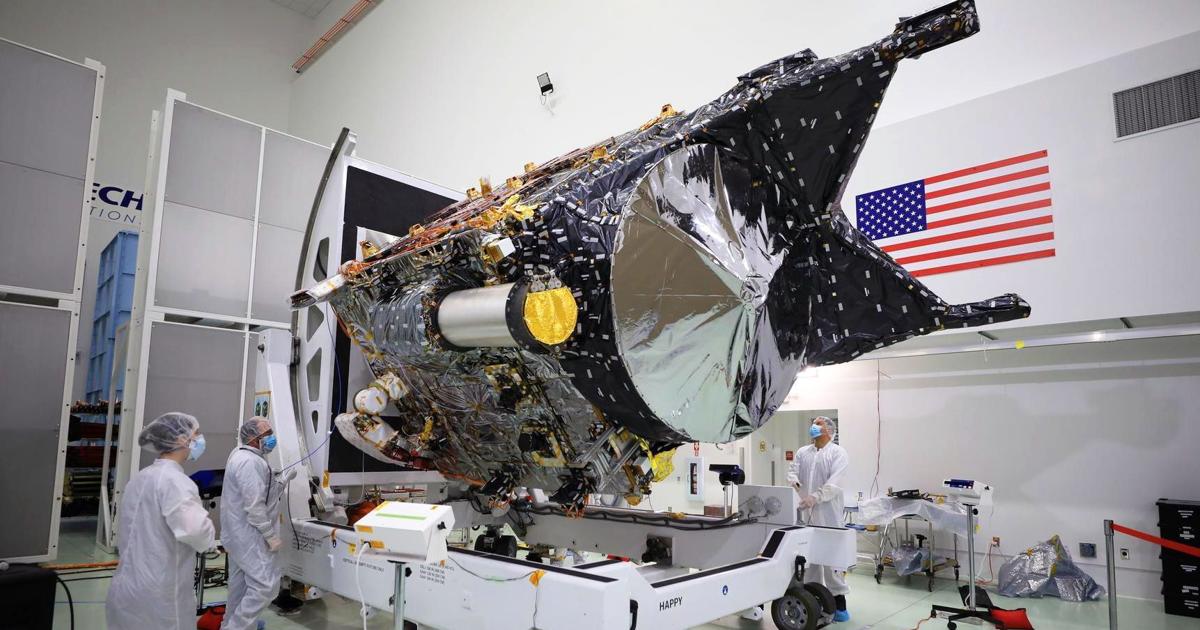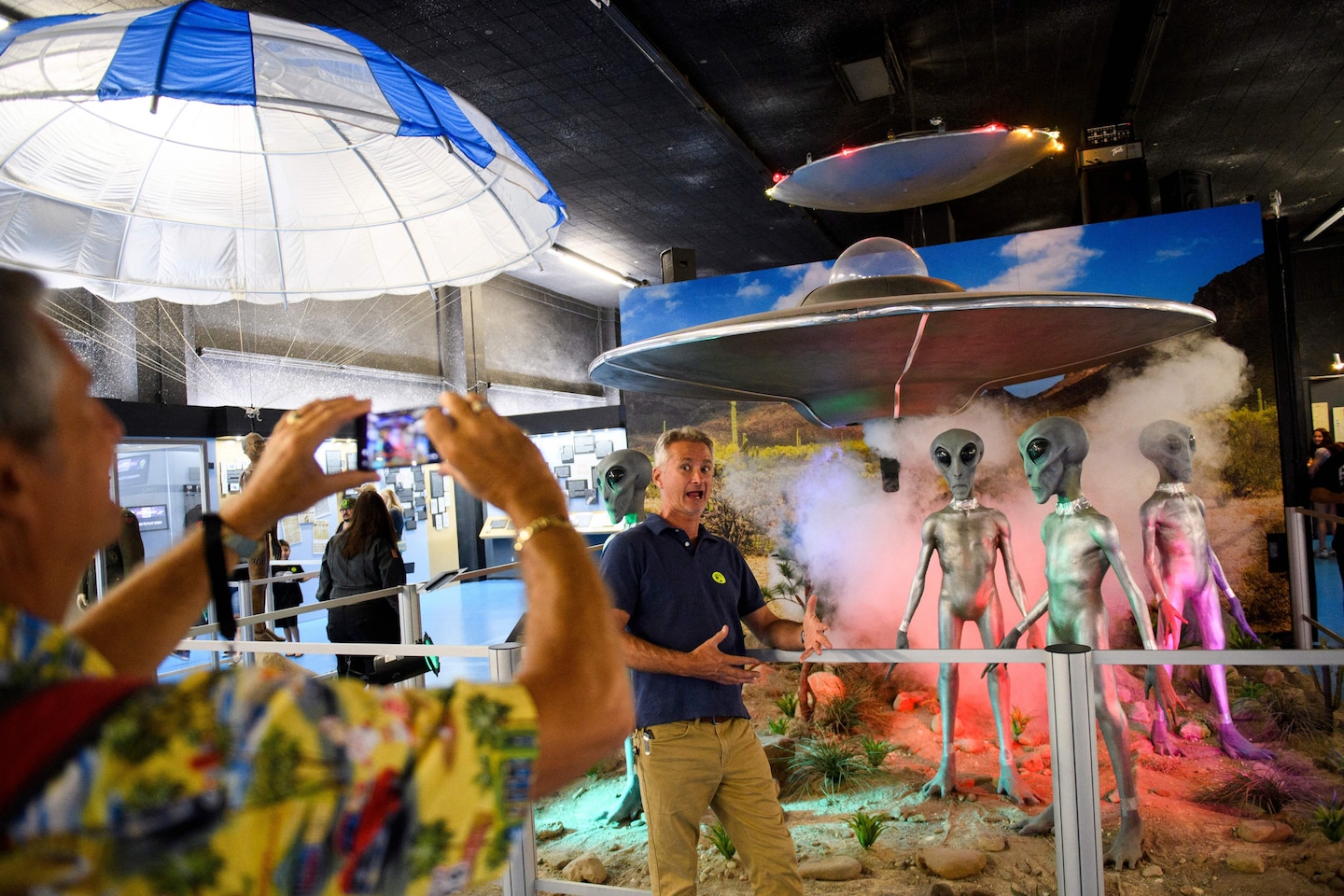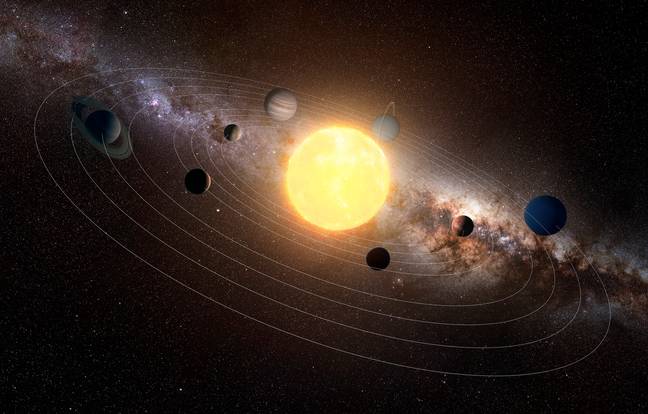-
Maltese astronomers see first results of their contributions to Euclid telescope project

Photo: Malta Institute of Space Sciences and Astronomy Maltese astronomers who contributed to the Euclid telescope saw some of the first fruits of their work, when the telescope brought back some of its first images earlier this month. Among these, the work of Maltese astrophysicist Dr Ian Fenech Conti was most significant. Dr Fenech Conti…
-
Astronomical savings on the Sky-Watcher Flextube 200P this Black Friday weekend

You can save $110 on the Sky-Watcher Flextube 200P 8″ Collapsible Dobsonian Telescope this Black Friday weekend. This compact reflector-style telescope is perfect for amateur skywatchers who want to invest in their hobby. You can get the Sky-Watcher Flextube 200P 8″ Collapsible Dobsonian Telescope on sale right now for $645 at B&H Photo Video. Sky-Watcher…
-
What we actually know about aliens, according to science
GREEN BANK, W.Va. — It came from space, hurtling at tremendous speed: a mystery object, reddish, rocky, shaped like a cigar. Its velocity was so extreme it had to have come from somewhere far away, in the interstellar realm. The astronomers in Hawaii who spotted it in 2017 named it ‘Oumuamua, Hawaiian for “a messenger…
-
Aliens Are Out There — But They Probably Don’t Care About Us

Advances in astronomy and science make it more clear by the day that, unexpectedly, the math is on the side of aliens. As late as the 1990s, scientists weren’t sure that there were planets anywhere else in our galaxy or in the universe beyond, but advances like the Kepler Space Telescope have led astronomers to…
-
Aditya L1 spacecraft is nearing its final phase, says ISRO chief

PTI November 25, 2023 / 11:52 AM IST The Indian Space Research Organisation (ISRO) announced on November 7 that the High Energy L1 Orbiting X-ray Spectrometer (HEL1OS), tasked with observing hard X-ray activities from the Sun, successfully recorded first high-energy X-ray images of solar flares during its initial observation period on October 29, 2023. Aditya…
-
‘First light’: NASA receives laser-beamed message from 10 million miles away

(CNN) — An innovative experiment flying aboard NASA’s Psyche mission just hit its first major milestone by successfully carrying out the most distant demonstration of laser communications. The tech demo could one day help NASA missions probe deeper into space and uncover more discoveries about the origin of the universe. Launched in mid-October, Psyche is…
-
NASA astronaut celebrates Thanksgiving on ISS with turkey socks, Earth views
A NASA astronaut’s feet cosplayed as a turkey in space. NASA astronaut Loral O’Hara received new turkey socks for U.S. Thanksgiving on the International Space Station (ISS). She then spent a part of her day off in orbit on Thursday (Nov. 23) showing off the turkey feet at various points around the 356-foot (109-meter) complex.…
-
Video showing just how big the universe is leaves people stunned
A video that attempts to show just how massive the universe is has left many convinced we can’t be alone in the universe. Admittedly, I am not an astronomer, but I reckon space is pretty big. A vacuum so vast that some social media users have been convinced that humans cannot be alone in the…
-
Video showing just how big the universe is leaves people stunned
A video that attempts to show just how massive the universe is has left many convinced we can’t be alone in the universe. Admittedly, I am not an astronomer, but I reckon space is pretty big. A vacuum so vast that some social media users have been convinced that humans cannot be alone in the…
-
An Astronaut With ‘Bad Eyesight and a Fear of Heights’
As a NASA astronaut, Mike Massimino spacewalked four times to repair the Hubble Space Telescope. When he retired in 2014 and began giving talks about his experiences, he assumed audiences would want to hear about the thrills of those exploits. Instead, he found himself fielding questions that were broader and deeper: How did he weather…


